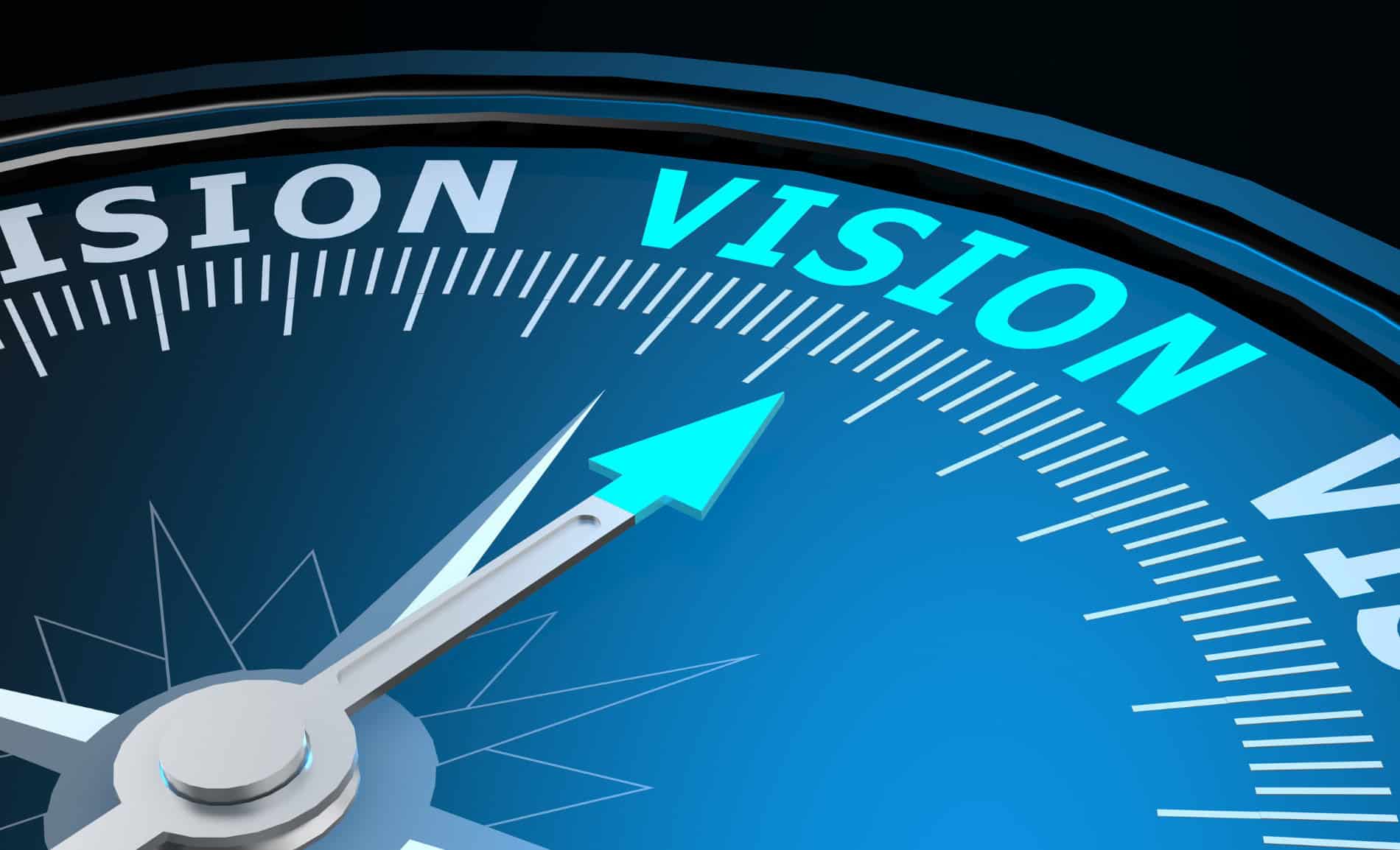There’s a lot of noise around how AI is already changing recruitment right now — and not without reason. From automated CV screeners to generative tools that help candidates write applications, it’s clear the way we hire is evolving quickly.
At Utility People, we spend a lot of time speaking with both clients and candidates about what’s happening on the ground. And while there’s plenty of speculation, here’s what we think will actually matter over the next few months — and how businesses in the energy and utilities space can prepare.
It’s Not About Replacing Humans — It’s About Redefining Process
Let’s start with a reality check: AI isn’t here to take away your job. But it might change the way your job gets done.
Employers are beginning to adopt AI at various stages of the hiring journey — from shortlisting CVs and scoring applications, to scheduling interviews and drafting job descriptions. For companies managing high application volumes, this kind of automation isn’t a nice-to-have anymore — it’s essential to keeping the process moving.
And it’s not just employers using AI. Candidates are experimenting too — fine-tuning CVs, building personal statements and preparing for interviews with generative tools. Some of this is smart. Some of it raises questions about authenticity and fairness.
Which brings us to an important point: how much AI is too much?
Policy, Transparency and the Rise of “AI Etiquette”
We expect to see more businesses formalise their stance on the use of AI in applications. Not just internally, but communicated clearly to candidates — setting expectations on what’s acceptable and where the line is drawn.
It’s less about punishment and more about fairness. If someone’s applying to a role using 100% AI-generated content, how do we compare that against a candidate who’s put their own voice into the process?
More clarity will benefit everyone — especially when handled with transparency and consistency.
Candidate Volume = Process Overhaul
With AI making it easier (and faster) to apply, the number of applications for many roles is soaring. That’s pushing employers to rework how they qualify interest — and quality.
We’re seeing a shift away from just reviewing CVs toward multi-step assessments early on: video introductions, written responses, technical tasks and open-ended questions. These help filter out low-commitment applications and surface the people who genuinely want the role — and are a good fit for it.
This added rigour isn’t about putting up barriers. It’s about cutting through the noise.
How Employers Are Spotting AI-Heavy Submissions
Subtle tactics are emerging to check whether an application is fully AI-built — like placing keywords or instructions in job ads that AI might miss, or requiring video responses where tone, detail and delivery matter.
Some organisations are also embedding questions that AI tools struggle to answer convincingly — to get a more natural, thoughtful response.
While it might sound like a digital witch-hunt, most employers aren’t looking to catch people out. They’re just trying to identify who’s genuinely engaging with the process — and who’s relying on tech to do the heavy lifting.
AI Is Becoming a Skill — Not Just a Tool
One of the biggest shifts we expect to see? AI showing up in job interviews — not as a threat, but as a competency.
Employers are increasingly asking:
- How are you using AI in your day-to-day work?
- What tools do you know?
- Can you show us how you use them to problem-solve?
From project managers to customer support leads, knowing how to use AI effectively (and ethically) is becoming part of the professional toolkit.
Bias, Burnout, and Big Questions
As always, new tech brings valid concerns:
- Will these processes put off great candidates?
- But for roles with 300+ applicants, employers often need filters to make hiring manageable — even if it means a few strong applicants fall through the net.
- Don’t video interviews increase bias?
- They can — but so can face-to-face ones. The key is training and awareness, not the format.
- Isn’t AI biased?
- It can be. But it’s also trackable, auditable, and fixable — which is more than can be said for unconscious human bias.
Our View: Don’t Panic — Prepare
AI isn’t something to fear, but it’s definitely something to understand. Over the next 6 months, we expect to see it embedded more deeply into recruitment — not replacing humans, but reshaping how they work.
If you’re an employer, now is the time to review your hiring process. Ask yourself:
- Are we clear about where AI fits — and where it doesn’t?
- Are we evaluating candidates fairly and consistently?
- Are we equipping our teams to recognise and value AI skills?
If you’re a candidate, think about how you’re using AI — and how to speak about that confidently in interviews.
Above all, let’s keep recruitment human-led, insight-driven, and inclusive — with technology that supports, not replaces, great hiring.
Need support shaping a future-ready hiring strategy? Get in touch We’re here to help you keep recruitment smart, fair and people-first.




